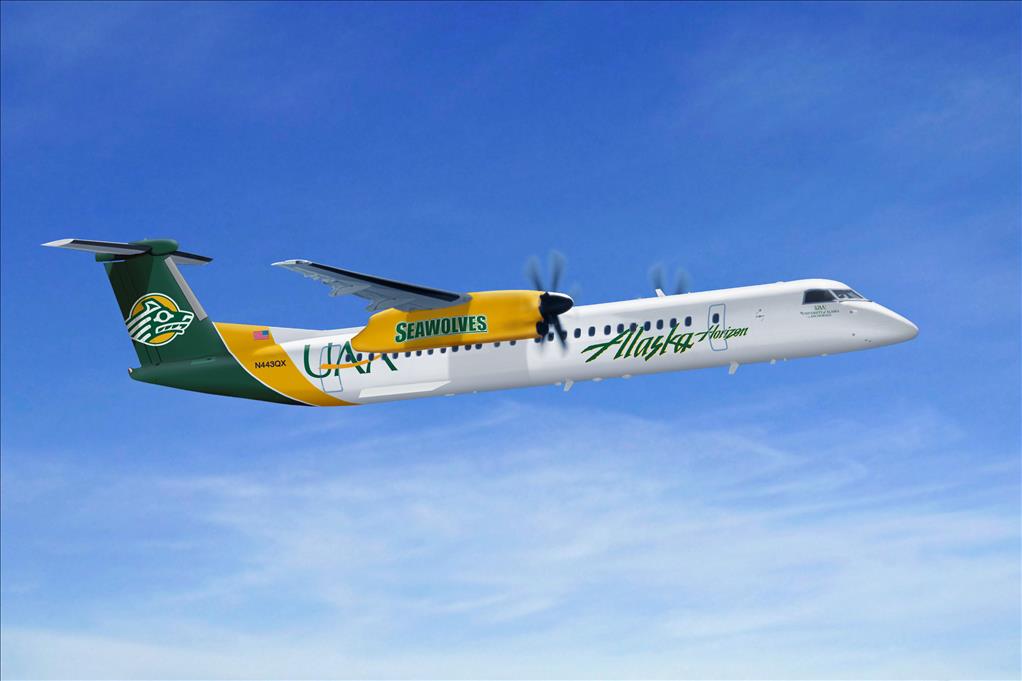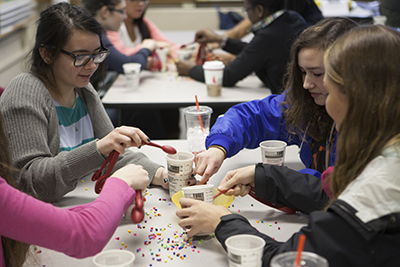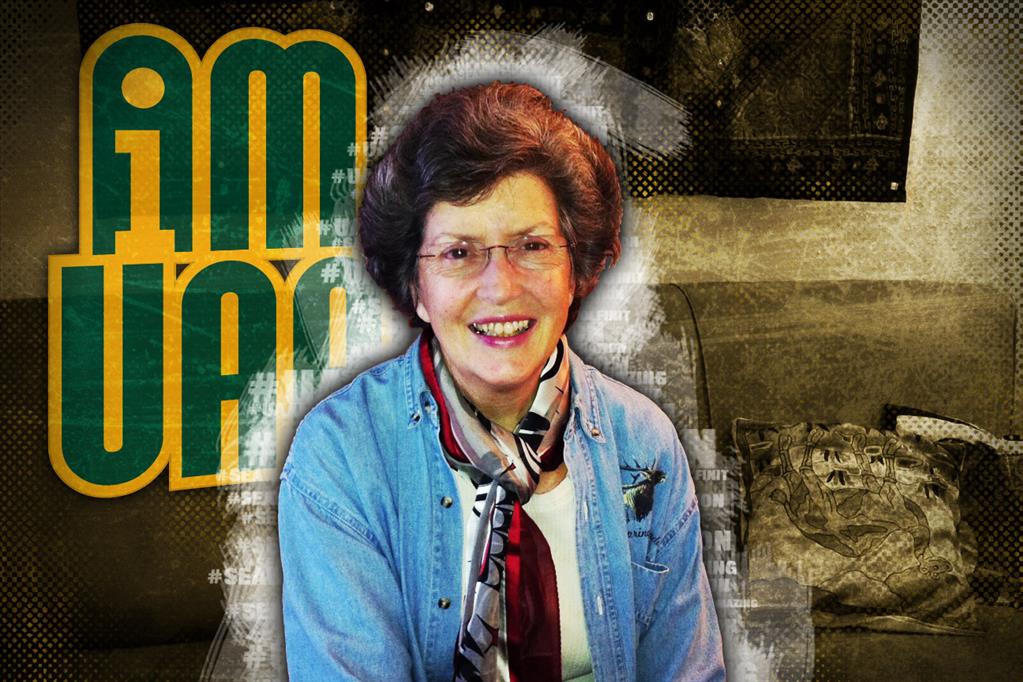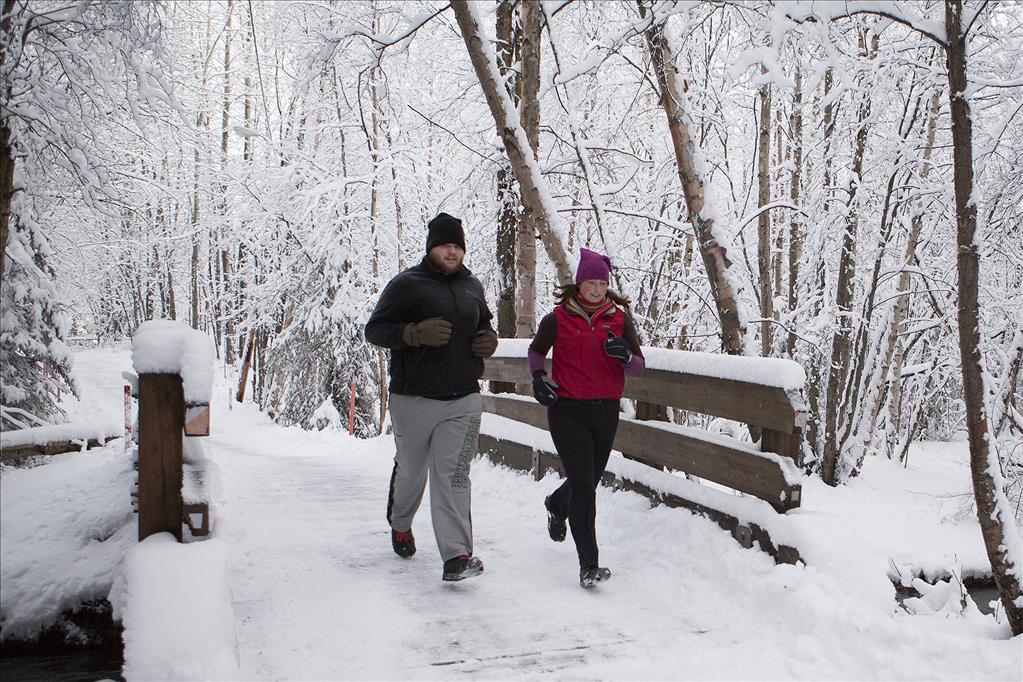Alumni voices help shape UAA's Master Plan
by Catalina Myers |
Sometimes you have to look back in order to move forward. No one knows that better than Lonnie Mansell, UAA's facilities planner who's been on the job for a very busy 14 months, overseeing the university's current renovation of its Master Plan-the long-term guide to UAA campus growth and improvement.
Lonnie's an expert in his field and has undertaken his task with the confidence only years of on-the-jo
b experience can bring. The retired Army Corps of Engineers was stationed in Alaska from 1995-98 and then moved out of state. For the last eight years he headed up the U.S. Army's worldwide communications facilities-so this job follows suit.
"We knew it was time for an update," says Lonnie. "We went through the contract award process and got an architecture firm to come in. Initially what we did was interviews with all the representative groups around campus and established the Campus Master Plan Working Group."
From October 2012 to January 2013, Lonnie spent countless hours interviewing students, faculty, staff, community members and alumni b
efore convening the Campus Master Plan Working Group (CMPWG). The cross-section of the university community provided Lonnie a snapshot of what people believed were most in need of updating at UAA. From there, he along with the contracted Anchorage firm ECI/Hyer Architects, as well as a landscaping firm and UAA's facilities department rolled up their sleeves, hammering out the details to update the university's master plan.
According to Lonnie, UAA's Master Plan is updated every five years or so, with the last update done in 2009, and much has changed on the unive
rsity campus and throughout the city's U-Med District. The original Master Plan created in 1990 bridged 15 years down the road to 2015, but every five years since then it has been updated to keep current with UAA's constant growth.
Brian Meissner, an architect for ECI/Hyer Architects has been the point man at the firm on the UAA Master Plan project update. He's excited for the changes happening on campus and says that although a lot of the planning involves architecture, the focus has really been on facility planning. Brian, like Lonnie has spent the last year or so working with the CMPWG, attending community council meetings and even taking heat from locals living in the U-Med District for all the expansion and construction projects that have popped up over the last year or so. Brian counters any flak with a common sense, big-picture approach, urging people to embrace the growth as a positive for the university and ultimately for the Alaska comm
unity.
"I think that UAA is going through a transition of being the second choice to the first choice," says Brian explaining that he's impressed with UAA's evolution from a small community college feel to the well-rounded university it is today.
"They're growing up, they're amazing," he says. "It's moving towards excellence and that's what it's all about."
Lonnie and Brian both explain that although the university is expanding, they're working toward "filling in the holes" and utilizing the spaces already available on campus. Much of what they learned from CMPWG and community meetings was that people wanted a communal campus feel-a more traditional university campus layout.
"There were a couple of key things," says Brian. "There's significant density at the core of campus, we're working to move the service parking lots out and we're focusing more around students. We want to create much more of a sense of arrival at UAA, right now we have soft edges.
Among the other requests Brian and Lonnie heard were additional residential student housing, increased student services and study spaces, more food spaces and from UAA's alumni, a place to call home.
Lonnie says some of the first people he interviewed more than a year and a half ago were UAA's alumni and their biggest request was to have a space that not only included their administrative services, but a place for them to gather.
"Their focus was an alumni center," says Lonnie. "Of course at this point, we don't have one and that's something we're in the process of putting a contract down to incorporate an alumni suite there between the library and Social Sciences Building."
He says UAA's Alumni Relations department and alumni representatives have been integral in taking this idea and turning it into a reality. There hav
e been many discussions on where it would be housed, its role on campus and the layout. It was important to listen to the needs of UAA alumni and he's grateful for their voice in the master planning process.
Officially Lonnie serves as the facilities planner for the university but really he's more the ring master coordinating between students, faculty, staff, the community and UAA's Board of Regents, which ultimately approves the Master Plan. The plan is now finalized and the next stage is implementing the plan.
With regard to alumni, Lonnie says he still needs their input.
"Getting that type of input really early on was really beneficial for our team," says Lonnie. "And getting more input from alums who want to get involved in the process would be valuable now."
 "Alumni voices help shape UAA's Master Plan" is licensed under a Creative Commons Attribution-NonCommercial 4.0 International License.
"Alumni voices help shape UAA's Master Plan" is licensed under a Creative Commons Attribution-NonCommercial 4.0 International License.















